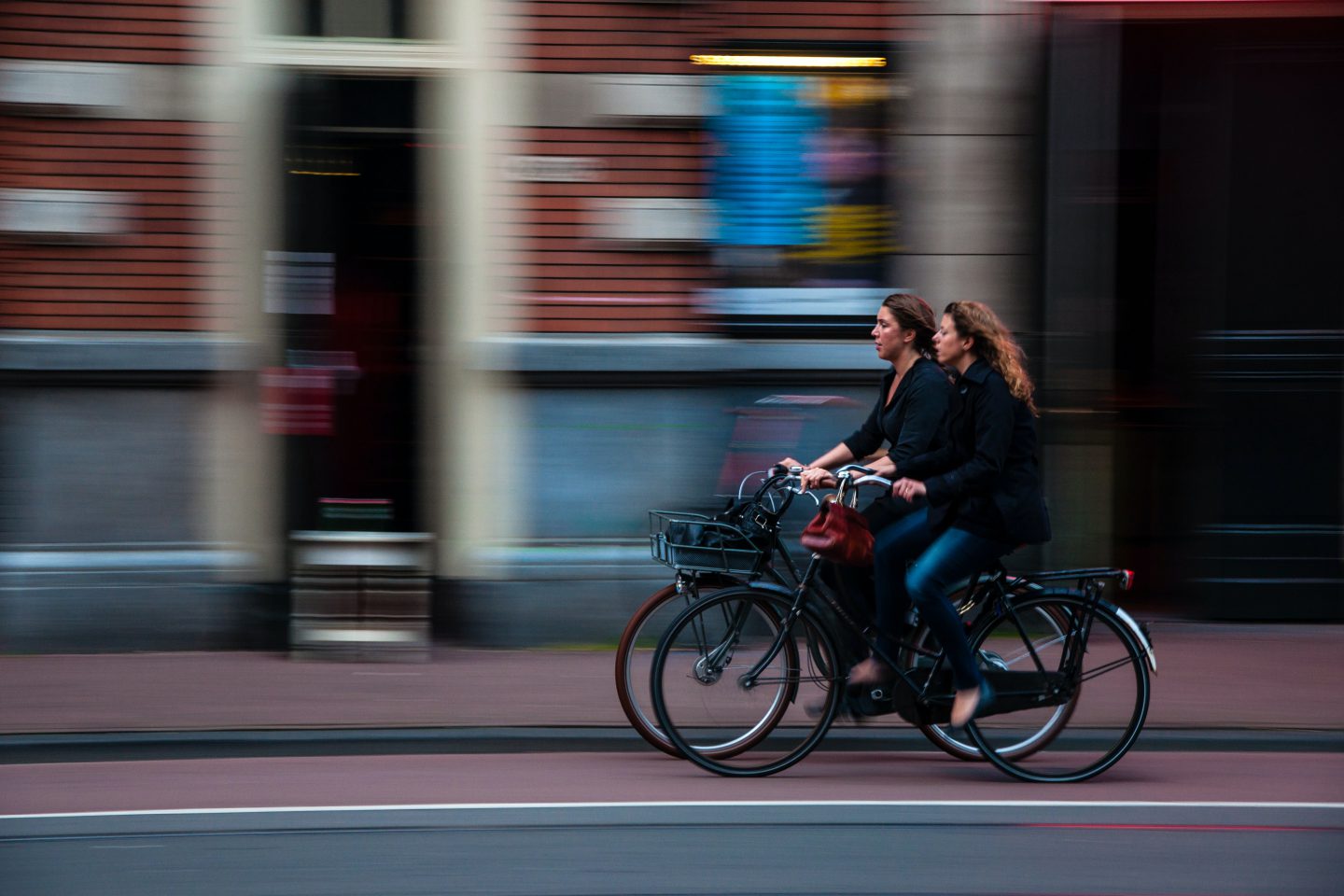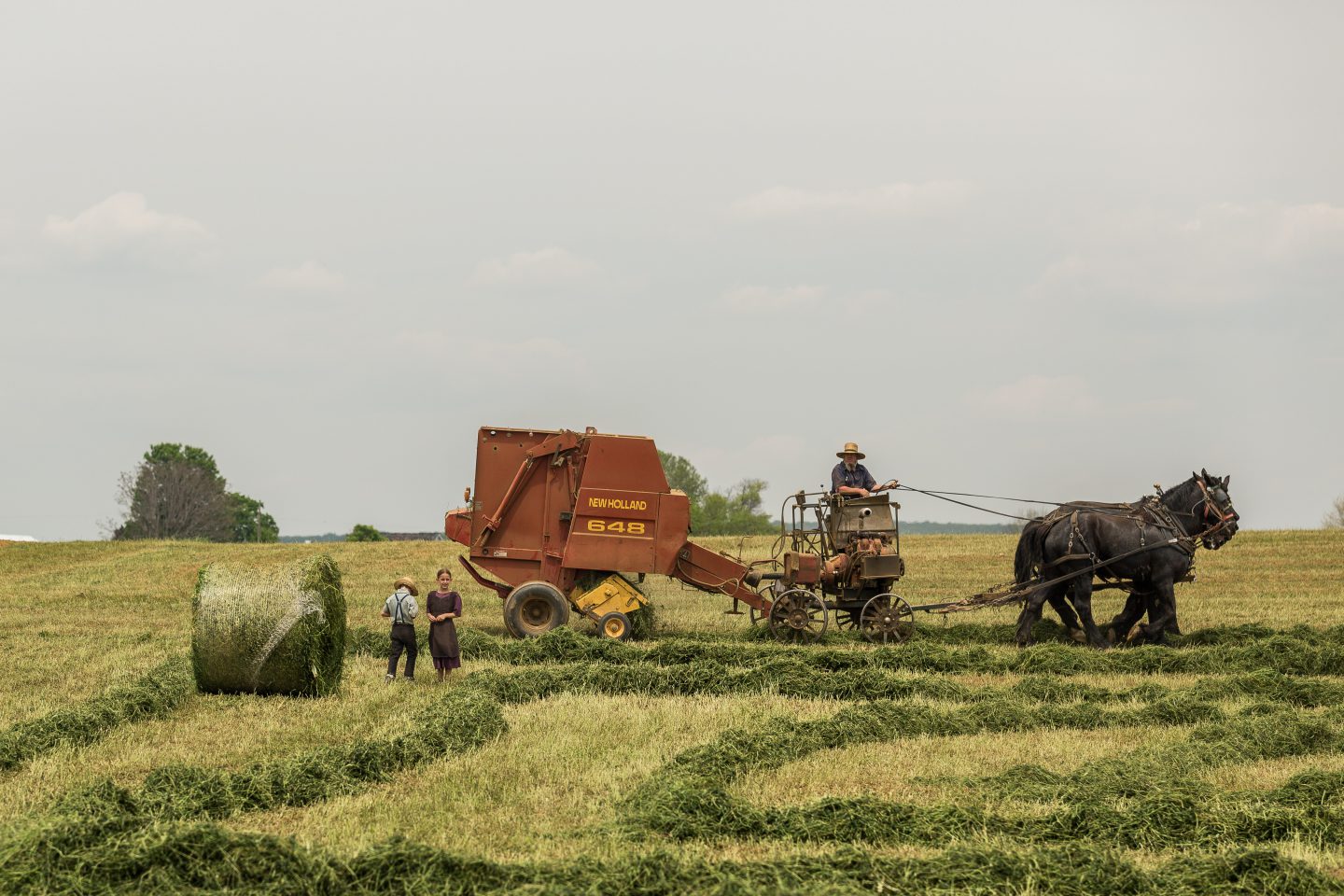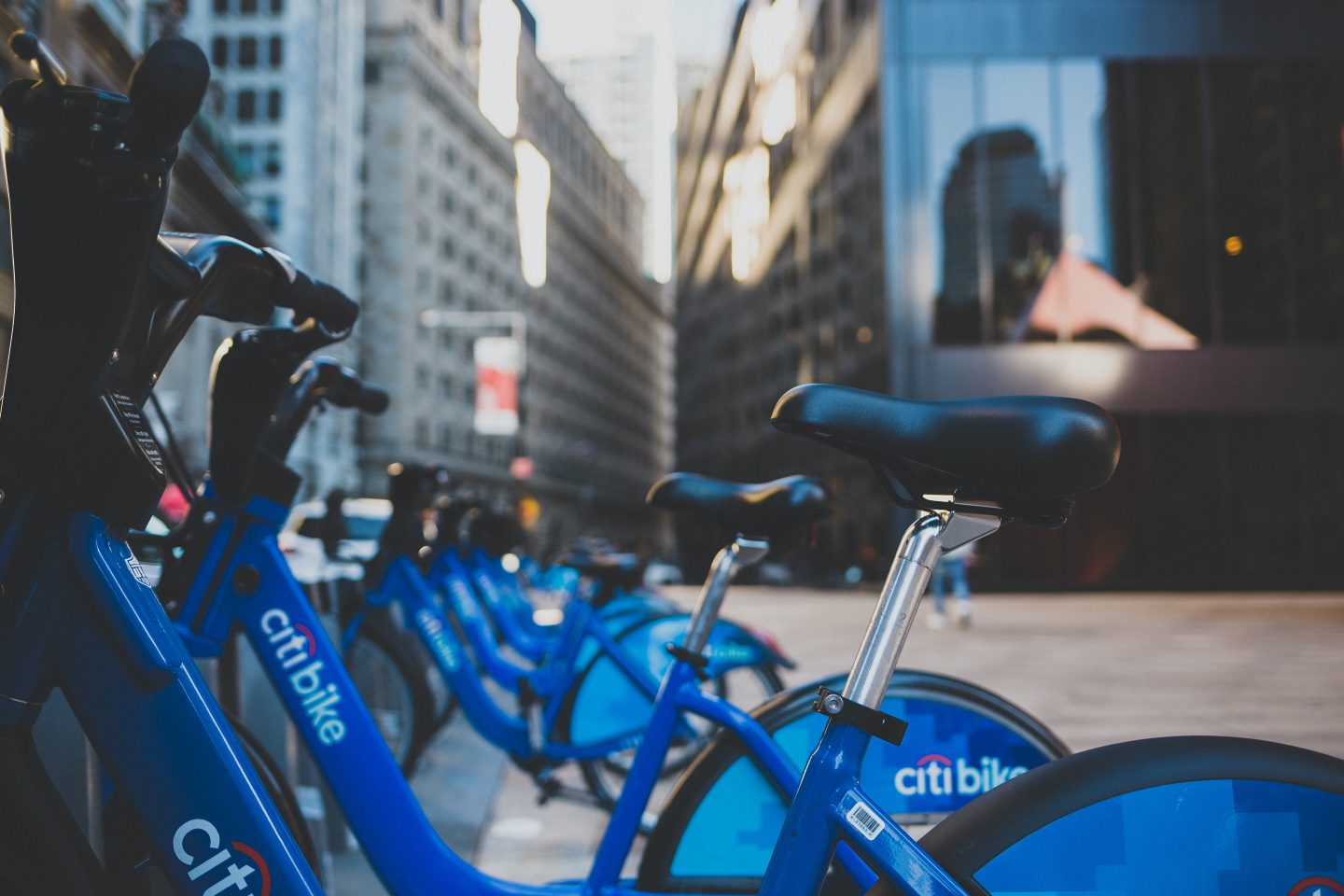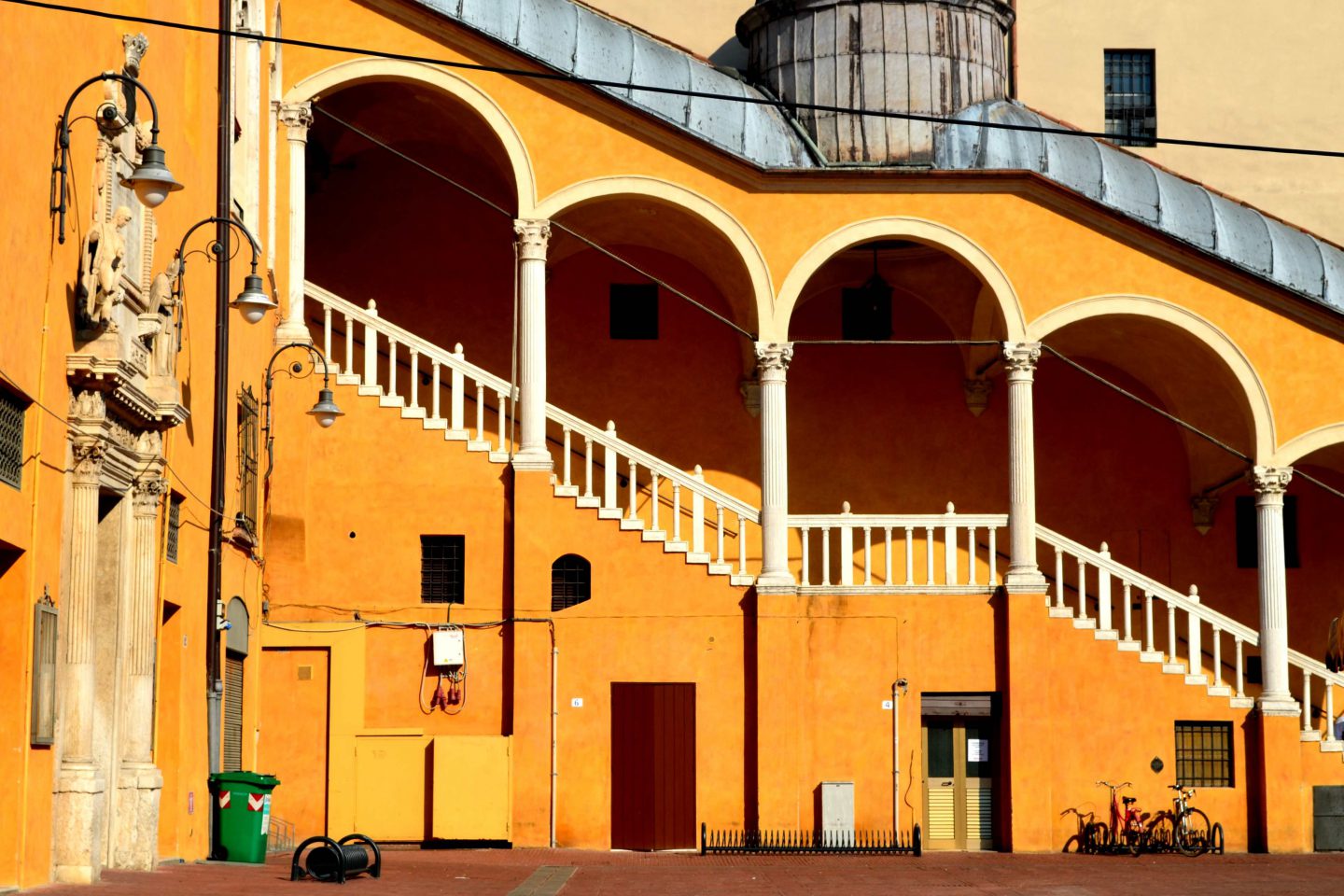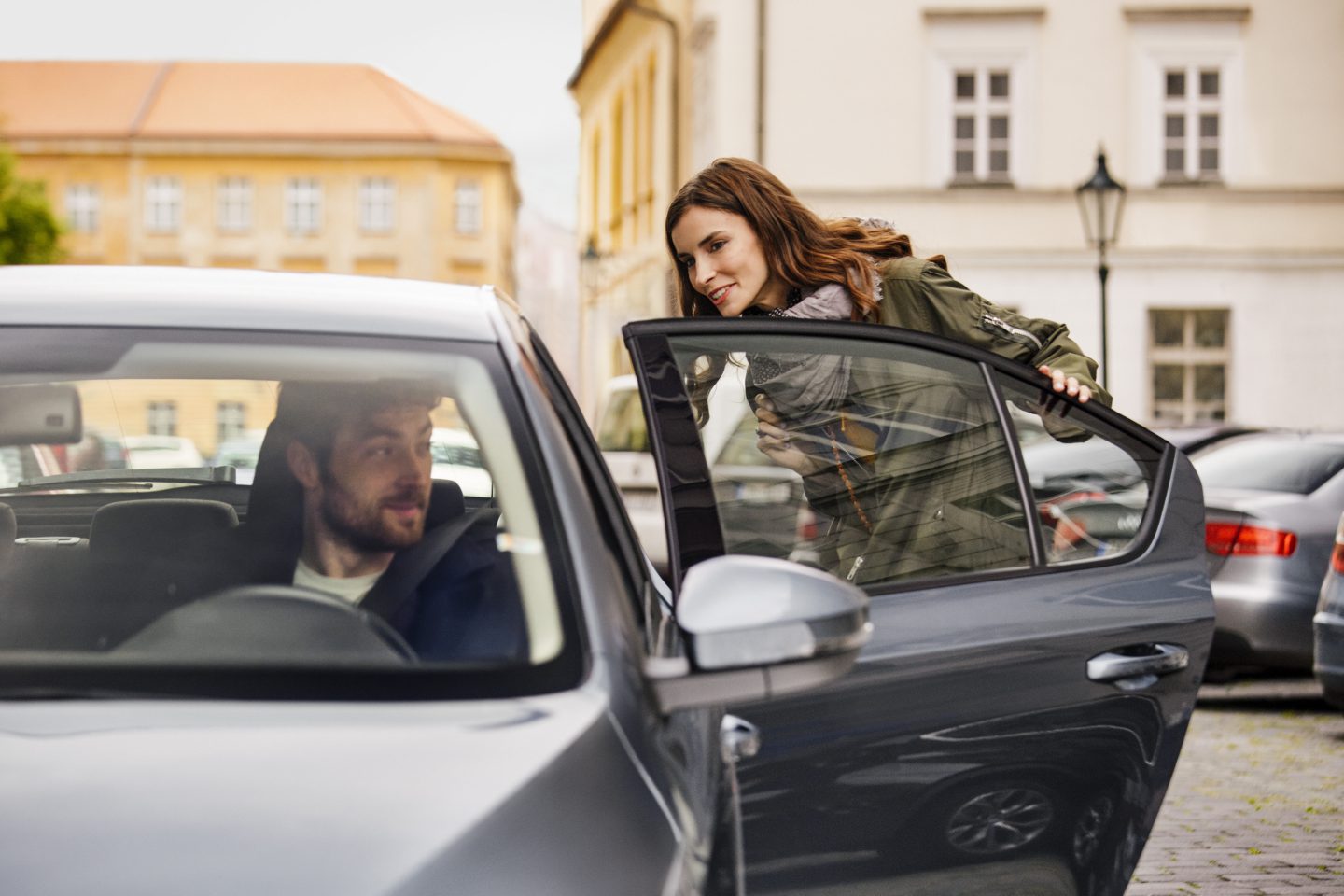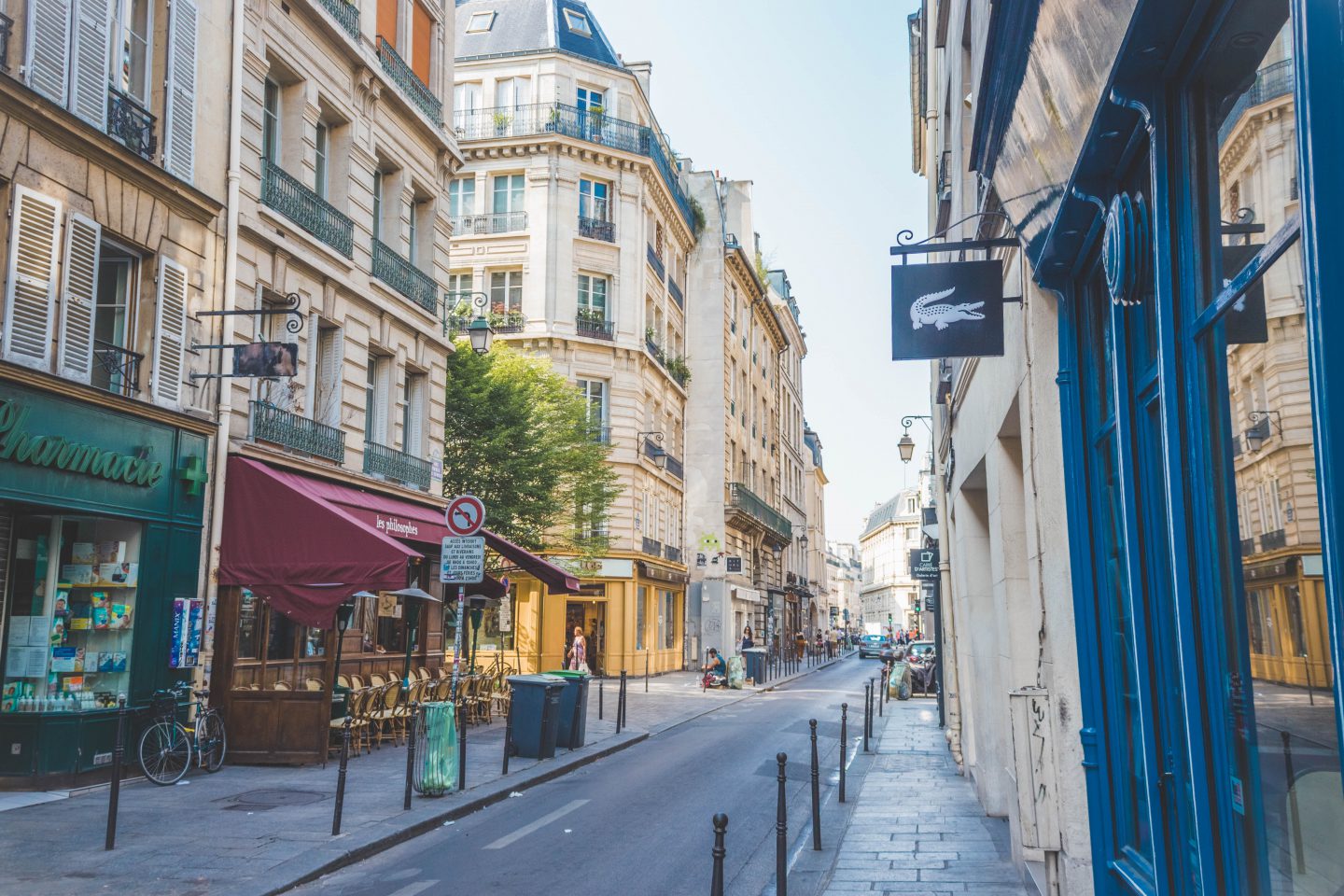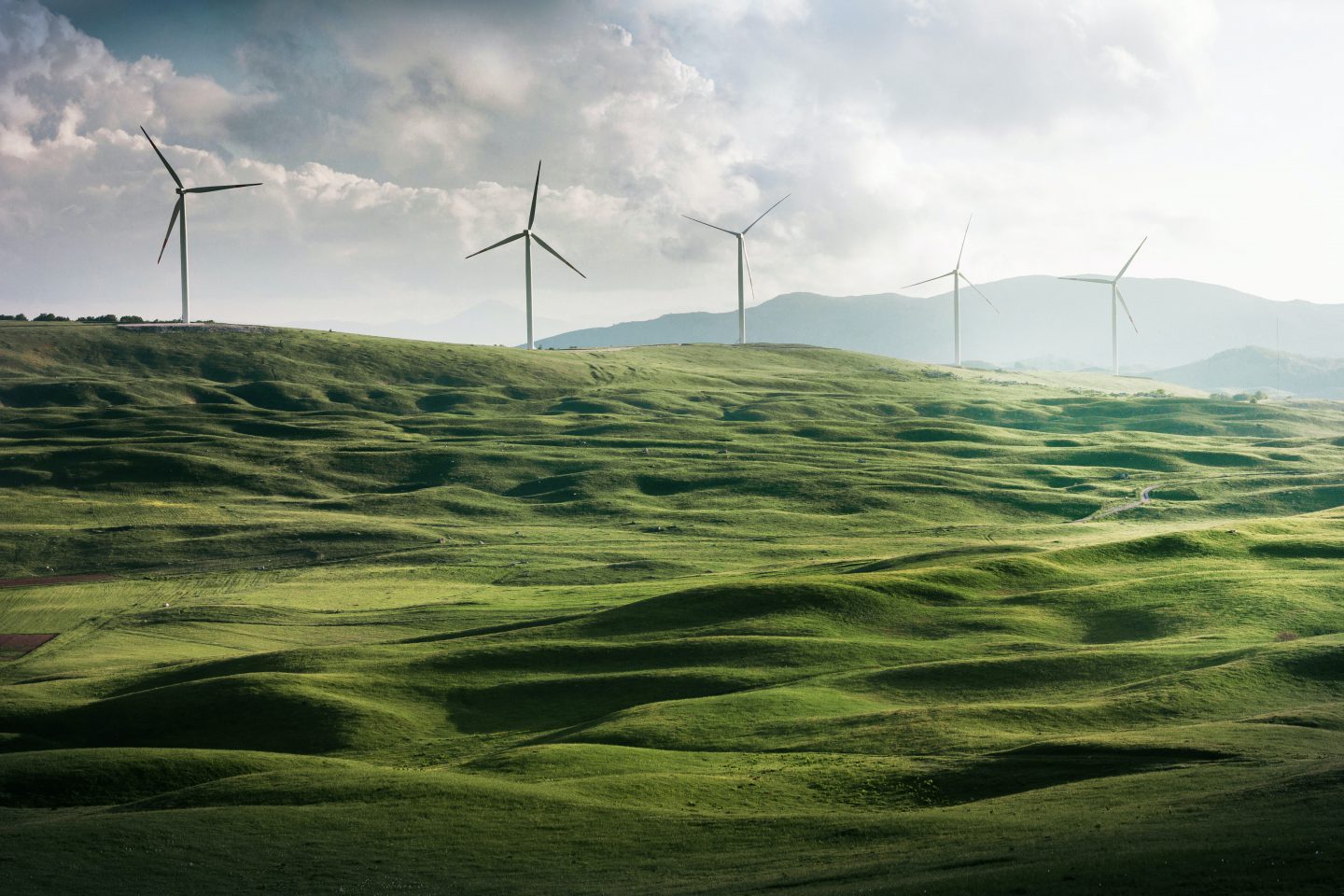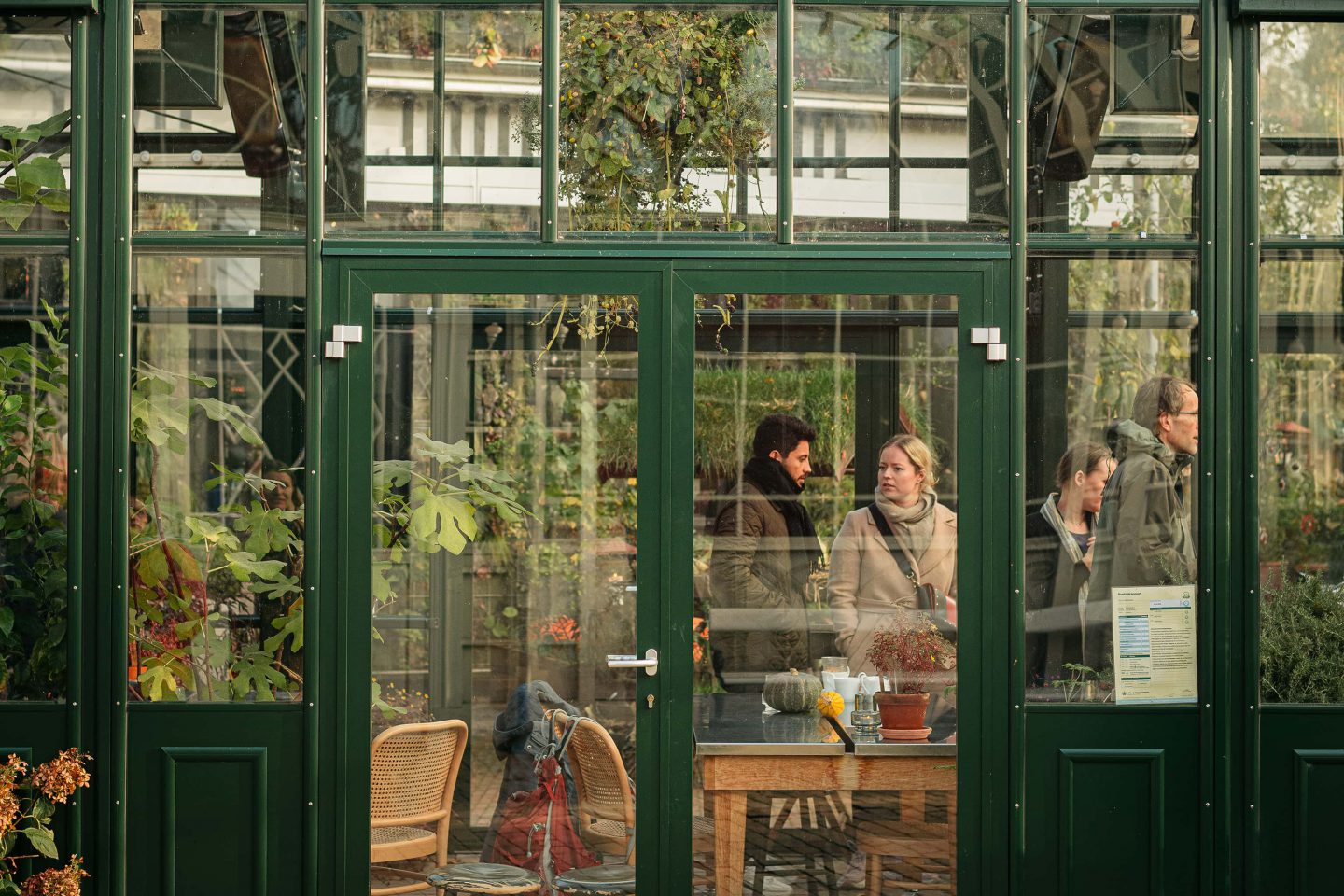Cleveland, USA was once a booming industrial city. When many of the local companies moved to low-wage countries, the city’s economy and social fabric collapsed. Mass unemployment and poverty resulted. Twelve years ago, the first cooperatives were founded in one of the poorest areas of the city. They rely on the participation and co-determination of the workers and sustainable economic activity. Together with the city government, the cooperatives developed a regional economic plan and created the economic upswing. This success became known as the “Cleveland Model” and became a model for cities around the world.
The cityscape of Cleveland in the US state of Ohio is a good illustration of the city’s history. Cleveland is full of old factory buildings and the skyline is dominated by skyscrapers from the interwar and postwar period. That was the golden age of Cleveland, when the USA was the driving force of world industry. The Midwest, with cities like Detroit, Chicago and Cleveland, was the heart of this industrial nation. However, when companies in the region began moving production to lower-wage countries in the 1970s, Cleveland’s economy also began to crumble. The former industrial metropolis became a city marked by poverty and emigration.
Read more →


